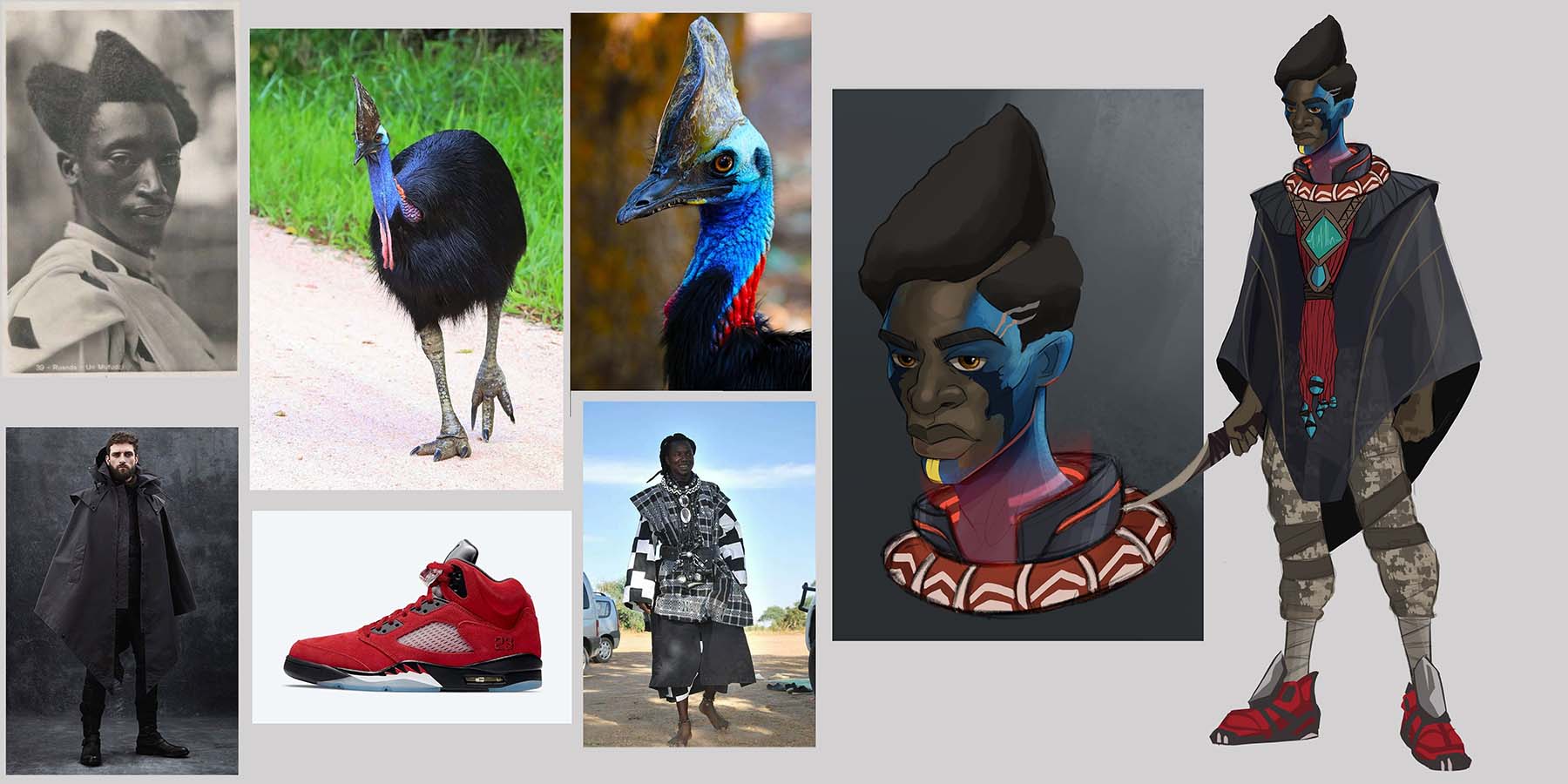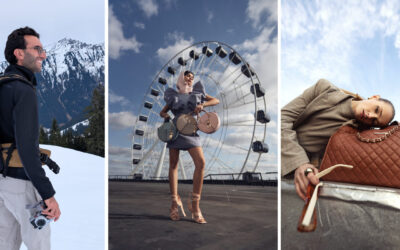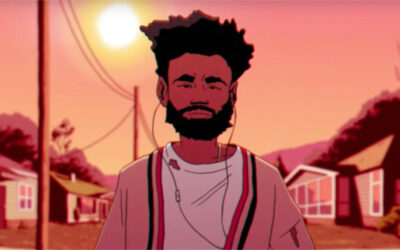
Omar Gomet is a Visual Development and Character Design artist in the San Francisco Bay Area. Omar has worked with Marvel Studios Animation and on a variety of multiple independent projects. He primarily works on designing and assisting in movies, shorts, and television character concepts. He is currently creating original characters for short films emphasizing more diversity.
In 2023, Wacom was proud to present him with the Rising Star Award at the Concept Art Awards. He currently uses one of the new Wacom Cintiq Pro 22 pen displays.
Here at Wacom, we love Omar’s character designs, so we asked him to create the below video to show exactly how he does it! In the below video, he walks through his process of taking inspiration — in this case, from the cassowary, a large flightless bird native to north Australia and New Guinea — and making it into a compelling character.
Check out the video, and read on for an interview with Omar about his background, education, process, and career.
How did you first get into art? Were you a creative kid?
My biggest introduction to art was through movies and comics, as they were the start of building up my imagination. It wasn’t until I saw my first superhero movie, Sam Raimi’s Spider-Man, that my two passions mixed and I found out about concept art.
The “lightbulb moment” was the scene where Peter had a montage of trying to figure out his spider suit design. I used to reenact that same scene, designing spider suits of my own. As a kid, I’d often design superhero characters that I would want to see on the big screen, igniting my passion for art.
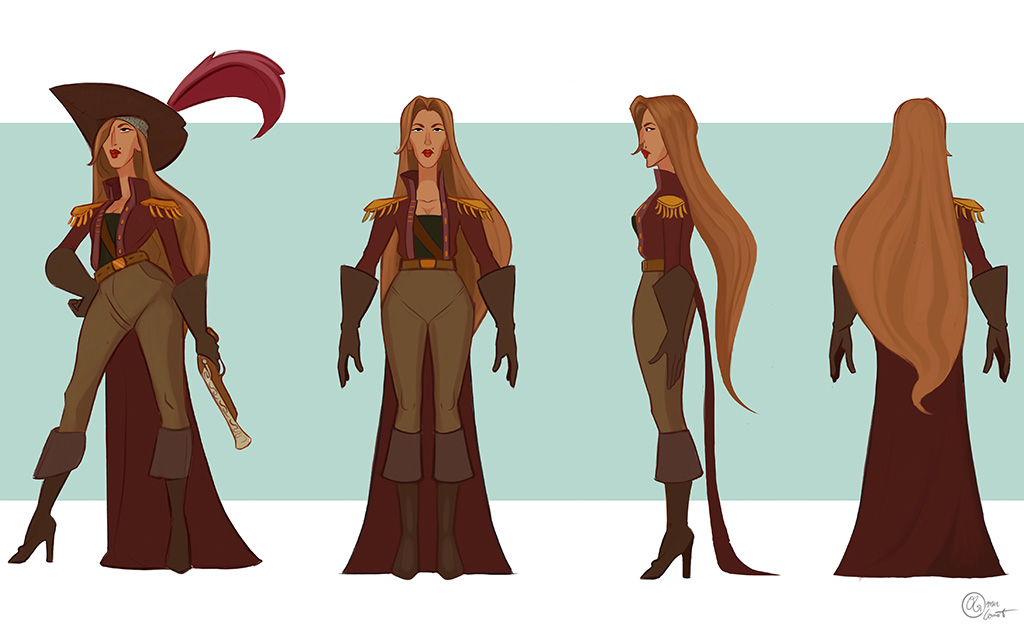
Tell us about your educational path. Do you recommend that young artists pursue art school or should they self-teach, and why?
I went to the Academy of Art University in San Francisco, where I graduated with a BFA in Visual Development. When I started there, I was pretty confident in my skills as an artist, but couldn’t imagine the lengths that the program would take my art. I wanted structure and to learn what was necessary to make me a better artist, and I feel like the Academy of Art did just that. I look back at my sketchbooks before my education I always shock myself at how far I’ve come.
When it comes to education, I don’t have a preference on how one learns it, all I can say is to know yourself as an individual and decide what is best for you. If you’re someone who can handle the responsibility of guiding yourself to learn then do that. If you need a little bit more guidance and structure then going to school is OK too. In this present day, there are so many ways and places creatives can go to learn, which is absolutely great as the choice is yours.
Why did you pursue visual development and visual development and character design specifically? Did you go in other directions first, or did you always know you wanted to do character design?
When It came to choosing a major I was pretty indecisive. I wanted to go in focusing on live-action concept art, and visual development seemed the most fitting to get me towards that career path. Marvel Studios was the ultimate goal, and designing suits for my favorite heroes was my inspiration, but then I took a class focusing on the history of animation and I finally was sure what I wanted to focus on: character design. Through that class and many more at the Academy, I started to learn about how to design a character and the emphasis on pushing shapes to achieve a unique style.

How did you develop your own personal art style?
When you first start out as an artist, this thought comes around often. You want to achieve your own personal style but you might not have it just yet. What helped me find my own personal style was constantly practicing and experimenting with different shapes and colors to fit the characters I wanted to show.
I was in a class that had you pick one of your favorite artists and try to mimic their style of design, and this was the turning point where I was able to find my own style and design. I would practice with my favorite animated characters that I loved as a kid, and then I would evolve that idea into turning live-action characters into animated figures. Once I started doing that, I found more confidence in my preferred style and design of my own characters.
What inspires and/or excites you in your work?
I’m inspired by my ability to take a project and show people what I would do with it. For example, everyone knows about the film Alien (1979) and how it looks and feels. I’ll try to throw in elements that could switch the design around, like giving it an Afro-futurism vibe and bringing African qualities to the creature while still keeping that same narrative. That unique quality is what drives my imagination to create and it isn’t about changing something that is already created, but about drawing inspiration to fuel something new and fresh. One day I hope I can create something that inspires a whole generation of new creatives with fresh and unique ideas.
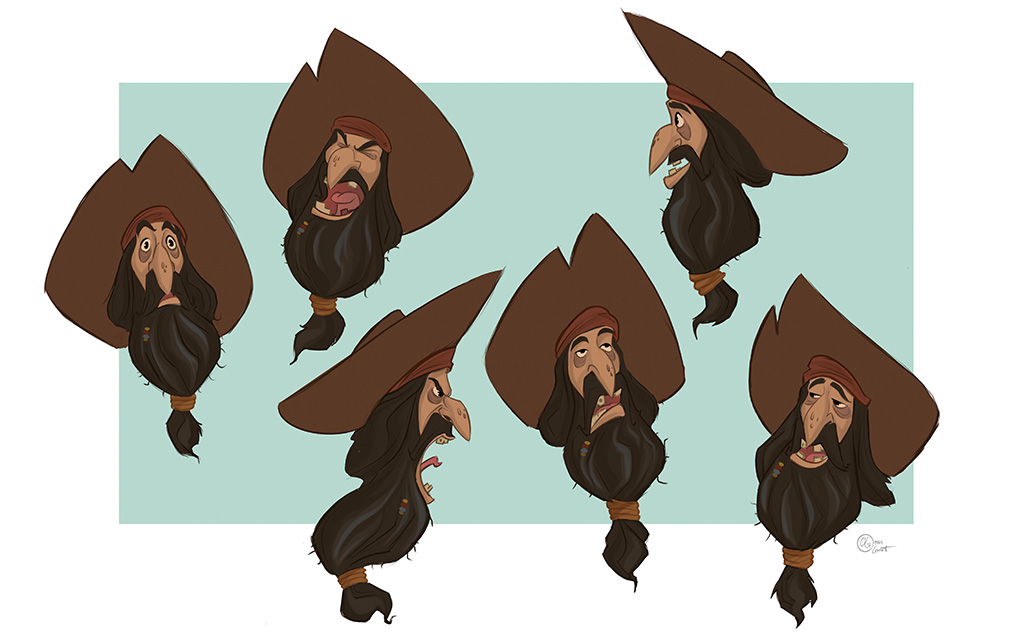
You’ve worked with big companies like Marvel. How did you “break into” the industry? What advice do you have for young artists who are making their first steps into a creative career?
While I was in school I knew that I wanted a job in the animation industry right after I graduated or even before, if possible. So, I was focused on how I could bring that into reality. This was about the time when the pandemic happened, so a lot of my in-person experiences like classroom interactions, expos, or studio visits were not an option at the time. So I took to social media to showcase my art as well as my personality to like-minded individuals. Platforms like LinkedIn and Instagram helped me build a community of people who were on that same path or even in the industry already.
I started reaching out to people at studios I wanted to work at and scheduling time to speak to them to ask for advice — but also to ask about their journey as well. It was super important for me to get to know them, because not only is everyone’s journey super unique and interesting but these are the people you could be working with in the future as well.
Through these super insightful meetings and calls, I was able to meet people who have hired me and worked with me and I couldn’t be more grateful as they are not just coworkers but friends at the end of all this. The advice that I could offer to anyone looking to make their start in the industry is to not be afraid to dream big. Also, follow through with your goals no matter the obstacles ahead, there is always a solution and your drive will take you to success because people can see when you are motivated and you love what you do.
What are some of your favorite projects that you’ve worked on? Why were they your favorites?
A lot of my favorite projects are my own personal ones because they stem from ideas that I want to see created as well as push me to design in ways that I have never thought of before, ultimately making me into a better artist. Of course also, with studios that I’ve worked with like Marvel Studios Animation — but that will be a story for another time.

What are some general tips, tricks, or advice that you’ve learned as you’ve been building your career? What should young or beginning artists know about pursuing visual development, character design, or a creative career in general?
When building your career, one thing that young artists should know is that it is important to show yourself within your art. Learning so many inspirations and talents teaches you new things, and it can get overwhelming where you feel like you should only do that way, but it truly is important to take certain bits of what you learned to benefit in your growth as an artist and never forget the key ingredient — which is you.
Character design is a path that many artists have done in so many ways, and that’s what makes it so unique as every artist has their own way of interpreting words and references to art. So that is why it is important for you to know this when you start your career as you want to bring out the best you can do.
What hardware and software do you use to create your work? Why do you choose Wacom products as part of your setup?
I’ve been so fortunate to work with Wacom, and receive items like the Cintiq Pro and Wacom One to do all my artwork. And with these products, I’ve seen the difference that these supplies have taken my artwork and workflow. From the shortcuts and mobility of these devices to the HD quality of the screens, I ultimately can see myself getting better and better with each use.
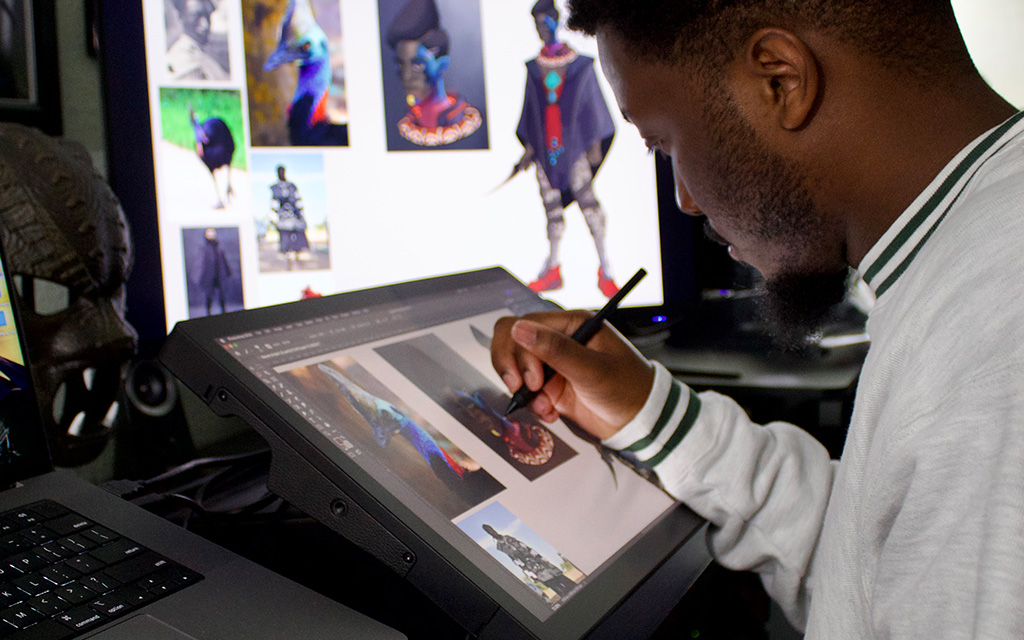
Do you have any projects coming up that you’d like to share or promote?
I’m very excited to be working on an animated short film called The Other Side, which is a part of the Pixar Cooperative Film program. I’m production designing this film, which has been an extraordinary journey so far. Right now we are finalizing pre-production and looking to start production this summer. I can’t wait to share more about this special project soon!
Also, throughout all my projects that I’m fortunate to work on, I still am creating my own short film and feature film ideas that I can’t wait to share in the future as well.
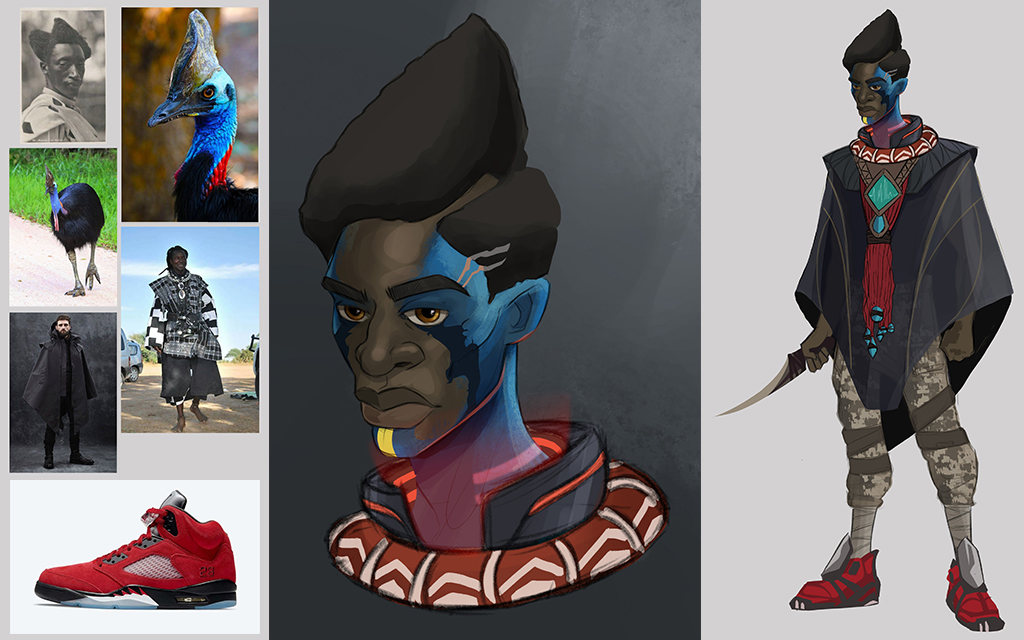
More from Omar Gomet
Check out Omar’s website for more from his portfolio or to get in contact — or follow him on Instagram.

